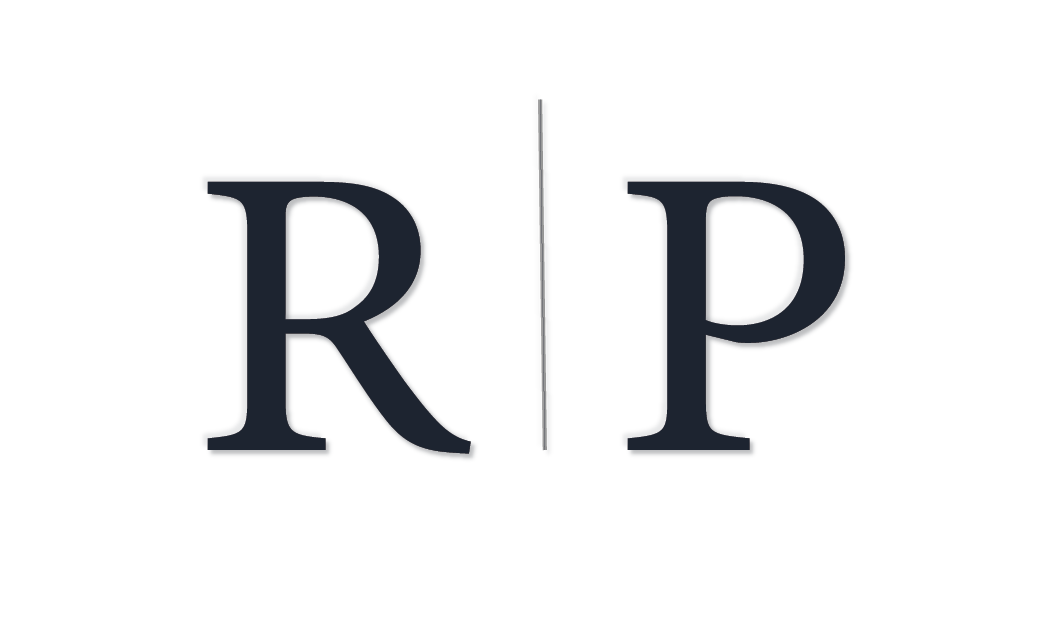Surge in Home Sales and Prices
Increase in Home Sales: A Strong Start to 2025
January 2025 saw a significant increase in home sales across the Philadelphia metropolitan area. A total of 3,963 homes were sold, marking a 9% rise compared to January 2024. This upward trend suggests that despite rising prices and economic uncertainty in other markets, Philadelphia remains an attractive destination for homebuyers.
Several factors contributed to this spike in sales:
Stable Mortgage Rates: While interest rates remain higher than pre-pandemic levels, they have stabilized enough to give buyers confidence to move forward with purchases.
Out-of-State Migration: Philadelphia continues to draw interest from out-of-state buyers, especially from New York, where home prices and rents are significantly higher.
Limited Housing Inventory: A persistent inventory shortage has kept competition high, encouraging buyers to act quickly to secure available properties.
Home Prices Continue to Rise, but at a Slower Pace
The median sold price in Philadelphia reached $357,250 in January 2025, reflecting a 5.1% increase compared to the same period in 2024. While this growth indicates continued appreciation, it represents the slowest pace of price growth since June 2023.
The moderation in price increases suggests that the market may be transitioning toward a more balanced environment. For buyers, this could mean a slight reprieve from the aggressive price hikes seen in recent years, while sellers may need to adjust pricing strategies to remain competitive.
What’s Driving the Market Stabilization?
Despite rising prices, the slowing pace of appreciation suggests that Philadelphia’s market is beginning to stabilize. Here’s a closer look at the factors contributing to this trend:
Affordability Constraints: After years of sharp price increases, affordability is becoming a concern for many buyers, leading to a more cautious approach.
Increased Inventory: While inventory remains below historical norms, there’s been a slight increase in available homes, offering buyers more choices and reducing bidding wars.
City-Led Housing Initiatives: Philadelphia’s efforts to boost affordable housing through public-private partnerships and city-funded programs are beginning to create more options for buyers across different income levels.
Neighborhoods Seeing the Biggest Gains
While price growth has slowed overall, certain neighborhoods continue to outperform the broader market. Desirable areas such as Fishtown, Northern Liberties, and Chestnut Hill remain hot spots, with median prices well above citywide averages due to their vibrant communities and proximity to downtown.
On the other hand, emerging neighborhoods like West Kensington and Brewerytown are attracting interest from first-time buyers and investors seeking affordable entry points before prices escalate further.
The Impact on Buyers, Sellers, and Investors
As Philadelphia’s market finds its equilibrium, the implications for different stakeholders are becoming clear:
Buyers: With a slower pace of price increases, buyers have more breathing room and a better chance to negotiate favorable terms. However, demand remains high, making it essential for buyers to act quickly on desirable properties.
Sellers: While the market remains favorable for sellers, pricing competitively is becoming increasingly important. Overpriced properties may linger on the market longer as buyers become more discerning.
Investors: For investors, Philadelphia continues to offer solid opportunities, particularly in neighborhoods undergoing revitalization. With home values rising more gradually, there’s potential for steady long-term gains.
Looking Ahead: What to Expect for the Rest of 2025
As we move further into 2025, all eyes are on how these trends will evolve. Key factors to watch include:
Mortgage Rate Movements: Any significant change in interest rates could impact buyer demand and affordability.
Legislative and Policy Changes: Philadelphia’s commitment to expanding affordable housing and addressing supply shortages could influence market dynamics.
Continued Demand from Out-of-State Buyers: Migration trends from higher-cost areas like New York and Washington, D.C., may keep Philadelphia’s market competitive.
Final Thoughts
Philadelphia’s real estate market in Q1 2025 demonstrates a continued upward trajectory, albeit at a more measured pace. While home prices are still rising, the slowdown in appreciation hints at a more balanced and sustainable market. As the city works to address affordability challenges and expand housing options, both buyers and sellers should remain attuned to shifting trends and evolving opportunities.
Whether you’re considering buying, selling, or investing, staying informed about Philadelphia’s real estate landscape in 2025 will be key to making confident and strategic decisions.
